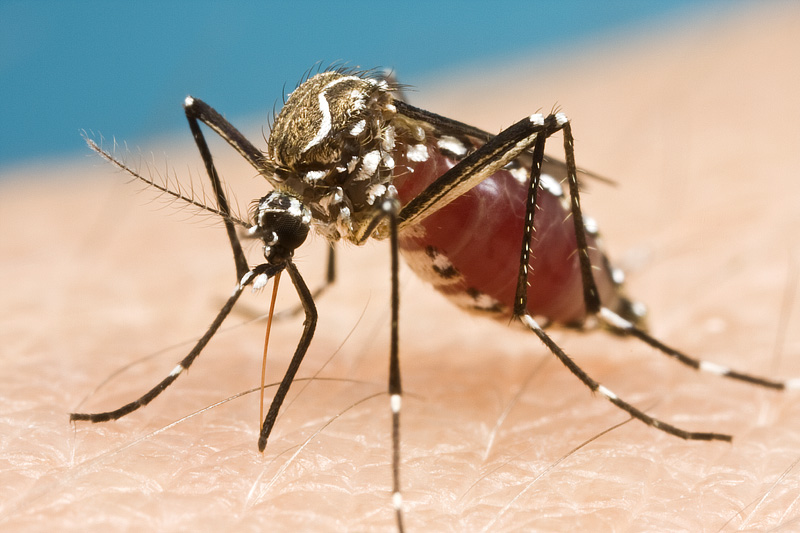Australian health authorities will be better prepared for an outbreak of the Zika virus here following a new study that has examined the prevalence of microcephaly across our population over the past 35 years.

Aedes aegypti mosquito (Copyright: Stephen Doggett, Westmead.)
WA Health was a key contributor to the research which was the cover story of a recent Medical Journal of Australia.
The study was undertaken following a call by the World Health Organization for further information on microcephaly from countries of known transmission of Zika virus and areas at risk of such transmission.
Microcephaly is a birth defect and babies born with it have a smaller than normal head. The condition has been linked to the mosquito-borne Zika virus, which spread to the Pacific Islands and parts of the Americas recently.
The researchers said that determining baseline data on microcephaly rates would help local health authorities monitor any domestic outbreak of the Zika virus, in the event of an outbreak here.
The new study identified genetic disorders and fetal alcohol spectrum disorder (FASD) as the leading causes of microcephaly in Western Australia.
The Telethon Kids Institute (lead author Dr Michele Hansen and Professor Carol Bower) partnered with King Edward Memorial Hospital (Dr Gareth Baynam) and the Department of Health’s Communicable Disease Control Directorate (Dr Paul Armstrong) in an analysis of the Western Australian Register of Developmental Anomalies. The study revealed an average of five cases of microcephaly per 10,000 births.
The researchers said that although local transmission of Zika virus had not yet been reported in Australia, the risk of it occurring was real given that a species of mosquito found in northern and central Queensland, Aedes aegypti, was known to spread the disease.
Returning travellers to Australia who were infected with Zika virus overseas could infect these local mosquitoes and cause an outbreak.
The Aedes aegypti mosquito was previously widespread in Western Australia and, with frequent air traffic from countries where it is still common, there is an ongoing risk of re-introduction to this state.
Examining the Western Australian Register of Developmental Anomalies, the researchers found:
- that of 963,126 births between 1980-2015, 478 cases of microcephaly were recorded – an overall prevalence of 5.0 per 10,000 births
- annual rates of microcephaly ranged between 2.9 and 7.7 per 10 000 births per year
- more than one quarter of cases were detected after 1 year of age
- a cause was established in 45 per cent of cases
- in Aboriginal children, the most frequent cause of microcephaly was FASD
- in non-Aboriginal children, the most frequent causes of microcephaly were a combination of various rare genetic disorders.
Researchers said the study highlighted the need for clinicians to consider carefully all possibilities when diagnosing microcephaly, including emerging infections, genetic and rare conditions, and FASD.